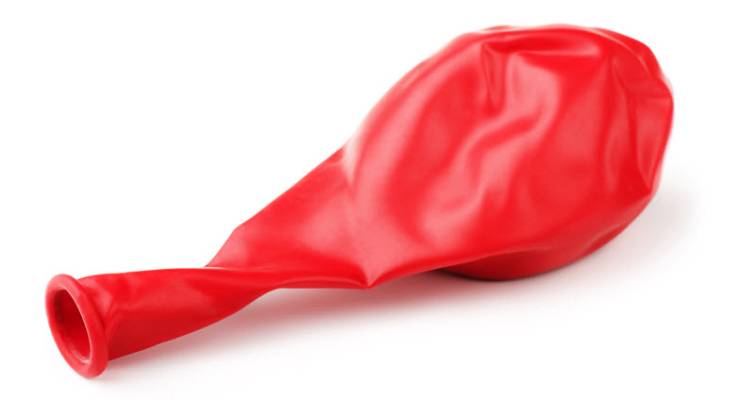
The Australian Bureau of Statistics has served up some humble pie to the monetary policy galahs in the pages of the Financial Review who have been demanding an interest rate rise: Australia’s inflation rate in the June quarter was flat.
In seasonally adjusted terms, the consumer price index rose an unchanged 0.4% from the March quarter, for an annual rise of 2.1% in the 12 months to June. The market forecast was for a quarterly rise of 0.5% forecast and a year on year rate of 2.2%. Higher petrol prices, higher tobacco, health and alcohol costs and a small rise in overseas travel were the main drivers in the rise, offset by weaker telecommunications costs, lower fruit prices, soft drinks, food prices and domestic travel.
But the real story was in the core measures of inflation favoured by the Reserve Bank, the trimmed mean and weighted median. They were 1.9% in the June quarter, down from 2.0% in March. As the AMP’s Shane Oliver pointed out in a note on Wednesday afternoon:
While the mean and median underlying inflation measures fell from 2% to 1.9% yoy (or 1.865% to be precise), other measures of underlying inflation are even weaker. Inflation in the private sector part of the economy excluding volatile items is running at just 1.1% year as year… This is in contrast to inflation in the government influenced parts of the economy where inflation is much higher with utilities prices up 8% over the year (even though they fell in the quarter), health costs +3.4%, education 2.7% higher and alcohol and tobacco costs up by 7.8%.
What does that mean for interest rates? The basic story from the Reserve Bank is that it is no hurry to raise interest rates given the gradual lift in the inflation rate back into its target band of 2-3%. This result suggests that “gradual” is going to be very gradual indeed, given underlying inflation is now back below 2%.
As Oliver noted:
While we may have seen the bottom in inflation for this cycle in 2016, price growth is only running around the bottom end of the RBA’s 2-3% target band and there are no signs of any near-term significant price pressures in Australia, particularly with subdued wages growth and competition and technological innovation remaining intense. We remain of the view that the RBA won’t raise interest rates until 2020 at the earliest…
Indeed, he’s not ruling out a rate cut.
Given that the strong jobs growth of 2017 has fallen back to more normal levels, and the Sydney and Melbourne property markets have lost their fizz, that has to be considered more likely now than earlier in the year — even if a rise is still the most likely next move.
On the positive side, at least it means that a few more workers will have enjoyed a real wage increase when we find out the Wage Price Index result for the June quarter in coming weeks.









Crikey is committed to hosting lively discussions. Help us keep the conversation useful, interesting and welcoming. We aim to publish comments quickly in the interest of promoting robust conversation, but we’re a small team and we deploy filters to protect against legal risk. Occasionally your comment may be held up while we review, but we’re working as fast as we can to keep the conversation rolling.
The Crikey comment section is members-only content. Please subscribe to leave a comment.
The Crikey comment section is members-only content. Please login to leave a comment.